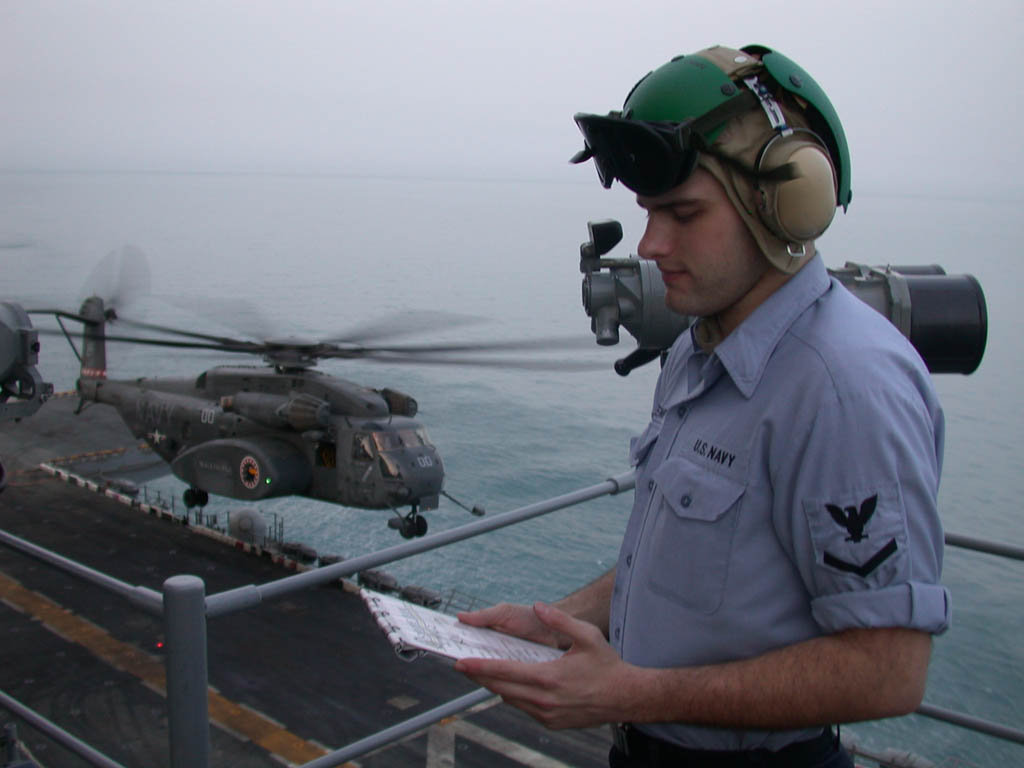Difference between revisions of "Template:Westarctica.wiki:Today's featured article"
Westarctica (talk | contribs) |
Westarctica (talk | contribs) |
||
| Line 1: | Line 1: | ||
[[File: | [[File:Flight Deck.jpg|thumb|300px|left]] | ||
There is a long, proud tradition of '''[[United States Navy]]''' involvement in the exploration and governance of both [[Westarctica]] and the entire continent of [[Antarctica]]. Without the influence of the U.S. Navy, it's quite possible Westarctica would not exist at all. | |||
From the 1920s to the 1960s, the United States Navy led the world in exploration of [[Marie Byrd Land]], the most remote part of Antarctica, which remained largely unexplored and had not been claimed by any nation. Rear Admiral [[Richard E. Byrd]] was the driving force behind the Navy's penetration into the Great White Continent and his teams largely consisted of Navy personnel with some civilian scientists to support their operations. As a result of this heavy involvement of U.S. sailors and naval officers, most features in [[Westarctica]] were consequently named after them. | |||
From the early days of the [[Achaean Territory of Antarctica|Achaean Territory]], active duty U.S. Navy sailors have always held prominent positions in the [[Royal Council|government]] and [[Peerage of Westarctica|nobility]] of [[Westarctica]]. | |||
'''([[ | '''([[United States Navy|Full Article...]])''' | ||
Revision as of 06:39, 14 October 2018
There is a long, proud tradition of United States Navy involvement in the exploration and governance of both Westarctica and the entire continent of Antarctica. Without the influence of the U.S. Navy, it's quite possible Westarctica would not exist at all.
From the 1920s to the 1960s, the United States Navy led the world in exploration of Marie Byrd Land, the most remote part of Antarctica, which remained largely unexplored and had not been claimed by any nation. Rear Admiral Richard E. Byrd was the driving force behind the Navy's penetration into the Great White Continent and his teams largely consisted of Navy personnel with some civilian scientists to support their operations. As a result of this heavy involvement of U.S. sailors and naval officers, most features in Westarctica were consequently named after them.
From the early days of the Achaean Territory, active duty U.S. Navy sailors have always held prominent positions in the government and nobility of Westarctica.
